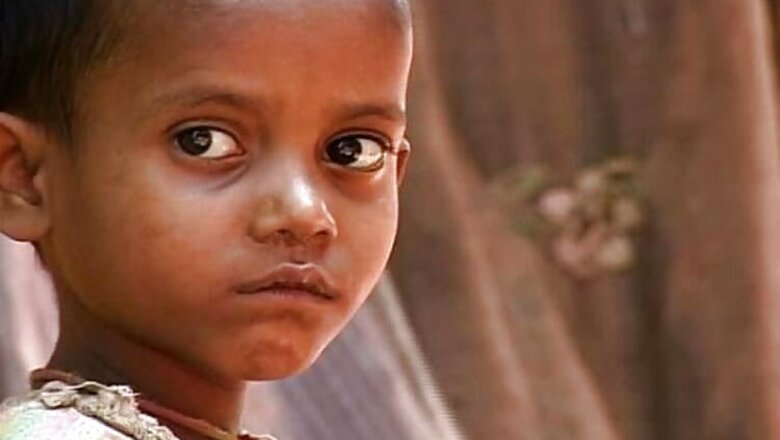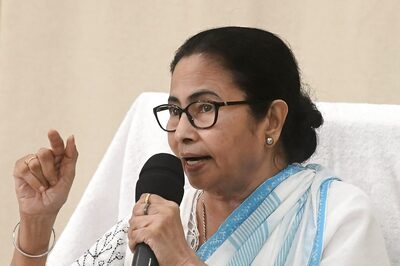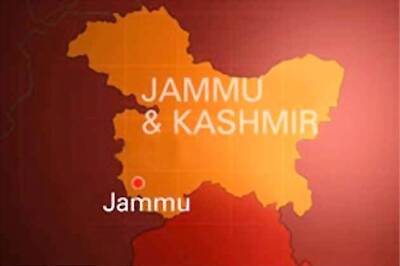
views
Did you know that every 11th child in India in the 5-18 year age group works? While in 1 in 5 children in the 15-18 years age-group are engaged in some form of work?
Child labour remains that oft-seen but oft-ignored truth that most of urban India chooses to live with. Even today we all see little children working as domestic servants in posh apartments, in roadside dhabhas, at garages, etc, but we choose to look but not truly see. The argument often put forward, is that these children, deprived of so much, get at least two square meals a day.
The tendency is not to look beyond the obvious. Child labour can be mentally, morally, socially, physically harmful for the child. The child is left with scars that remain. There are few instances where the child is not exploited. The fact is that by turning a blind eye, we have effectively chosen to ensure that such children remain deprived of a happy, carefree childhood. A childhood that we would want our children to have.
The United Nations defines Child labour as “work that is prohibited for children of certain age groups. It is work performed by children who are under the minimum age legally specified for that kind of work, or work which, because of its detrimental nature or conditions, is considered unacceptable for children and is prohibited.” But somewhere the Indian government’s bid to eliminate child labour from the country seems to be paved with unsure intentions.
So while the cabinet has given a nod to banning employment of children below 14 years of age in various commercial ventures, it has given an okay to children working in family enterprises, on farmlands after school hours and during vacations. The idea being that it will help children equip themselves with skills of the family occupation, but herein sits comfortably a way to ensure the continuance and persistence of forced labour. The burden of preserving heritage and skills always falls upon the poor, as they are left with little choice.
The new amendments reduce the list of occupations that a child can work – increasing the no. of occupations and hazardous jobs was a hard fought battle (which resulted in changes in the Act in 1986).
We have currently regressed. Are there jobs that are not hazardous? Work in agriculture, means continuous contact with pesticides and fertilizers. Work as a domestic help, has potential for abuse. In a country where basic monitoring of the well being of children is a monumental task, how will the state machinery equip itself to check for flouting or skirting the new law provisions that allow children to “help-out” in family based occupations? With numerous researches that point out the shortfalls in learning outcomes, will a child engaged in labour after school hours, really be able to perform well in school?
It must be remembered that India continues to be one of the countries that has ratified the United Nations Convention on the Rights of the Child and this kind of a loophole clearly violates the very spirit with which we signed up to protect the rights of the Indian child. Can we still afford to pay lip-service to our commitment to ban child labour? Can we still say that we will be able to move all our children from places of work to schools and achieve our Millenium Development Goal that calls for universal primary education by 2015? Can we ensure that our children learn and not earn?



















Comments
0 comment